The International Organization for Migration (IOM) has ramped up its humanitarian assistance on Yemen’s west coast, IOM’s response is focusing primarily on the two governorates of Ta’iz and Hodeidah where the needs of communities displaced by years of conflict are growing amid ongoing violence.
The organization said in a press release ”Since 2017, when mass displacement in the area began, tens of thousands of people have struggled to survive in protracted displacement in hard-to-reach areas where public services and humanitarian assistance are extremely limited “.
The organization stated that more than 17,000 displaced families are living in more than 140 displacement sites in the area
life-saving interventions.
As one of the few international humanitarian organizations operating in the area, IOM is implementing lifesaving interventions in 13 displacement sites, providing shelter, clean water, latrines, cash, and essential relief items to thousands of families in need.
The Organization is expanding the availability of health care to affected populations by enhancing primary and child and maternal health care, addressing malnutrition, promoting mental health and psychosocial support, providing incentives to health-care workers, and deploying mobile medical teams in underserved areas.
IOM is working with donors and partners to support communities on the west coast by coordinating services in displacement sites, and promoting longer-term recovery with transitional shelters, rehabilitating water networks, increasing COVID-19 testing and constructing flood risk reduction walls.
more funding
The Organization is also urging more help to fund its operations in Yemen. Christa Rottensteiner, IOM Yemen Chief of Mission urged donors and other partners to commit more significant investments to ease the levels of desperation facing too many people on the west coast.”
The organization has pointed out that the government of Canada has been instrumental in IOM’s scale-up of the lifesaving humanitarian response to the most immediate needs of communities – namely water, health, and shelter improvement.
Source: INTERNATIONAL ORGANIZATION FOR MIGRATION

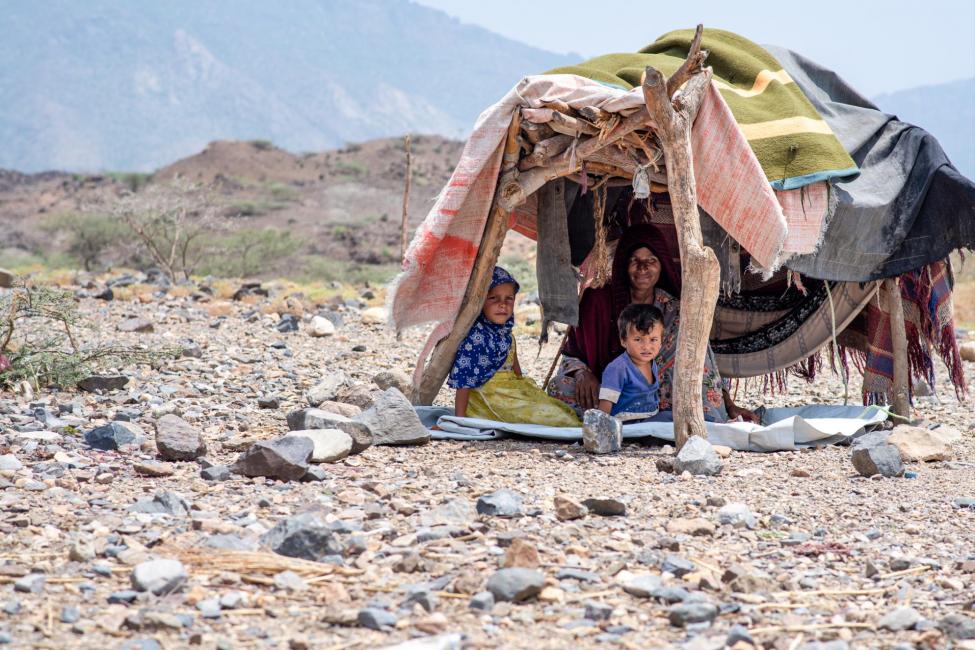

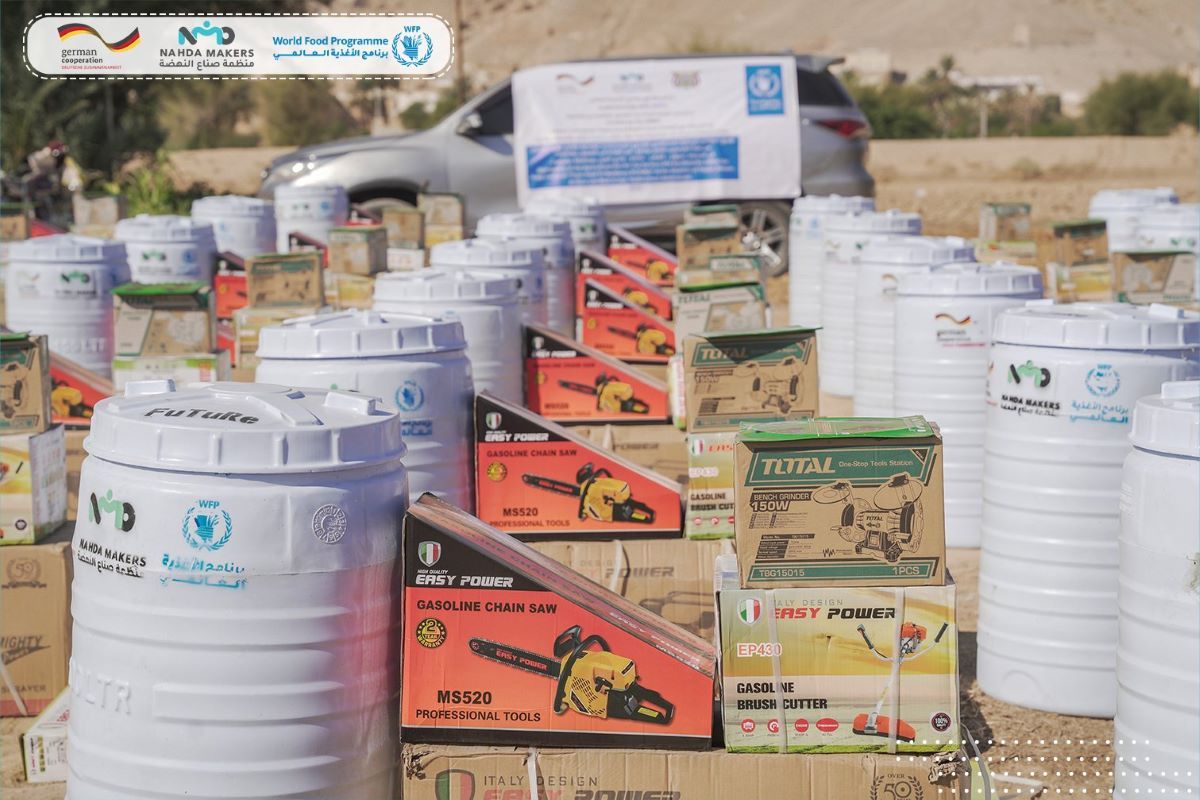

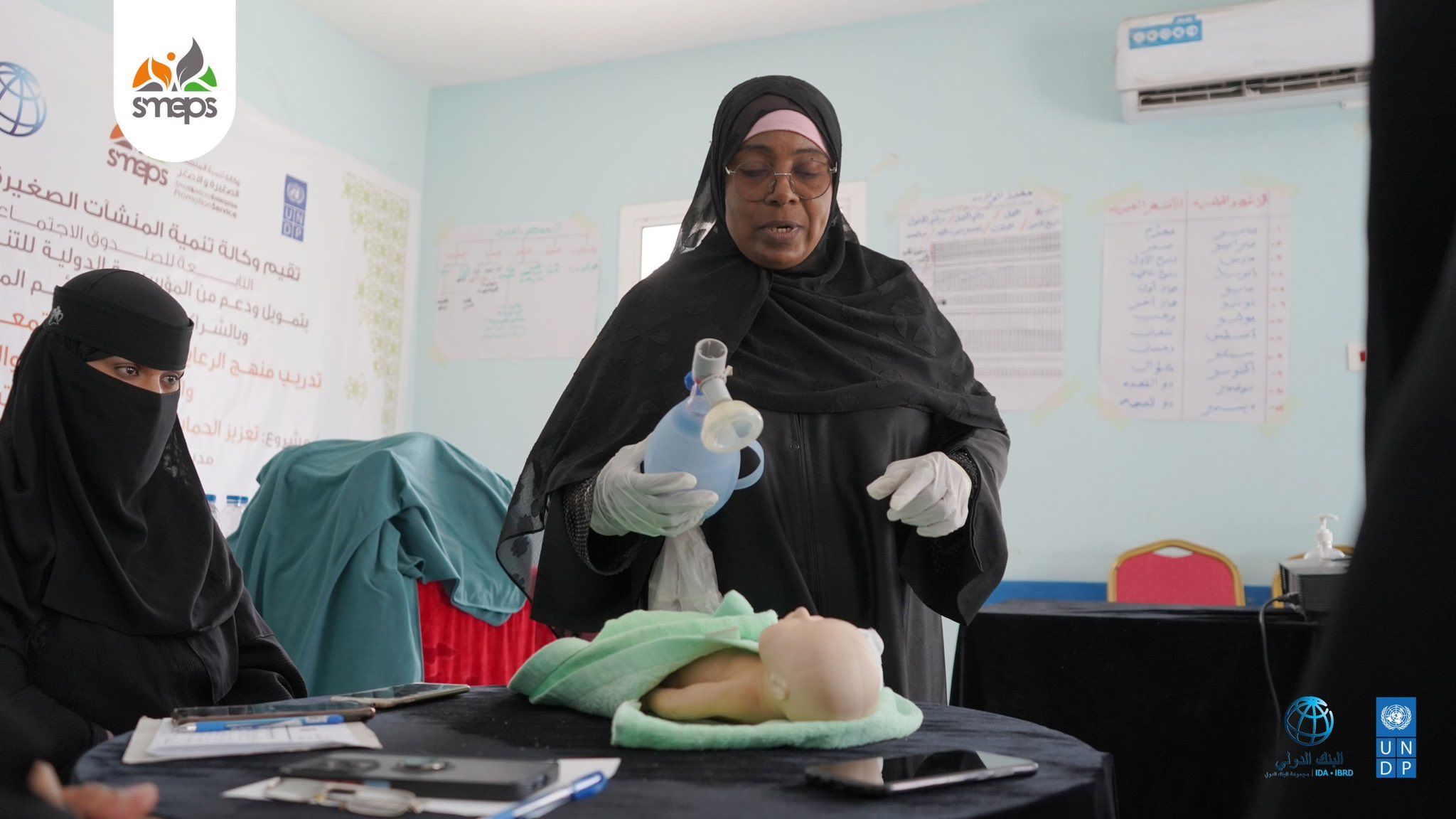

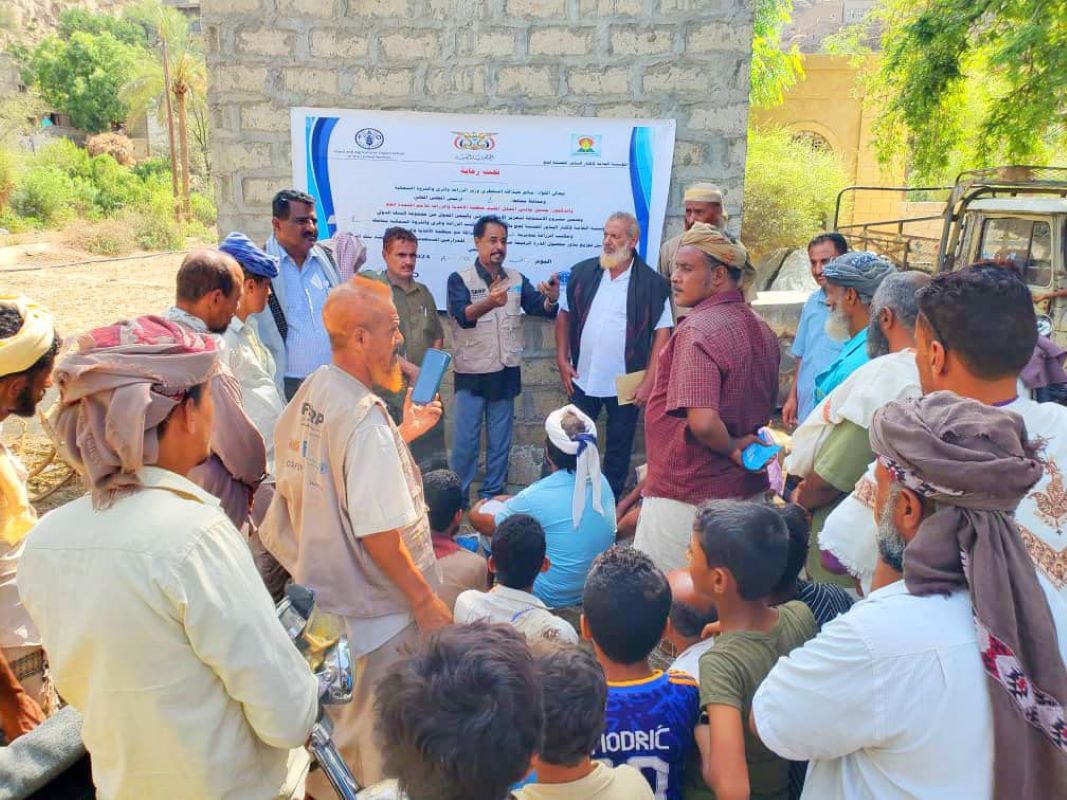
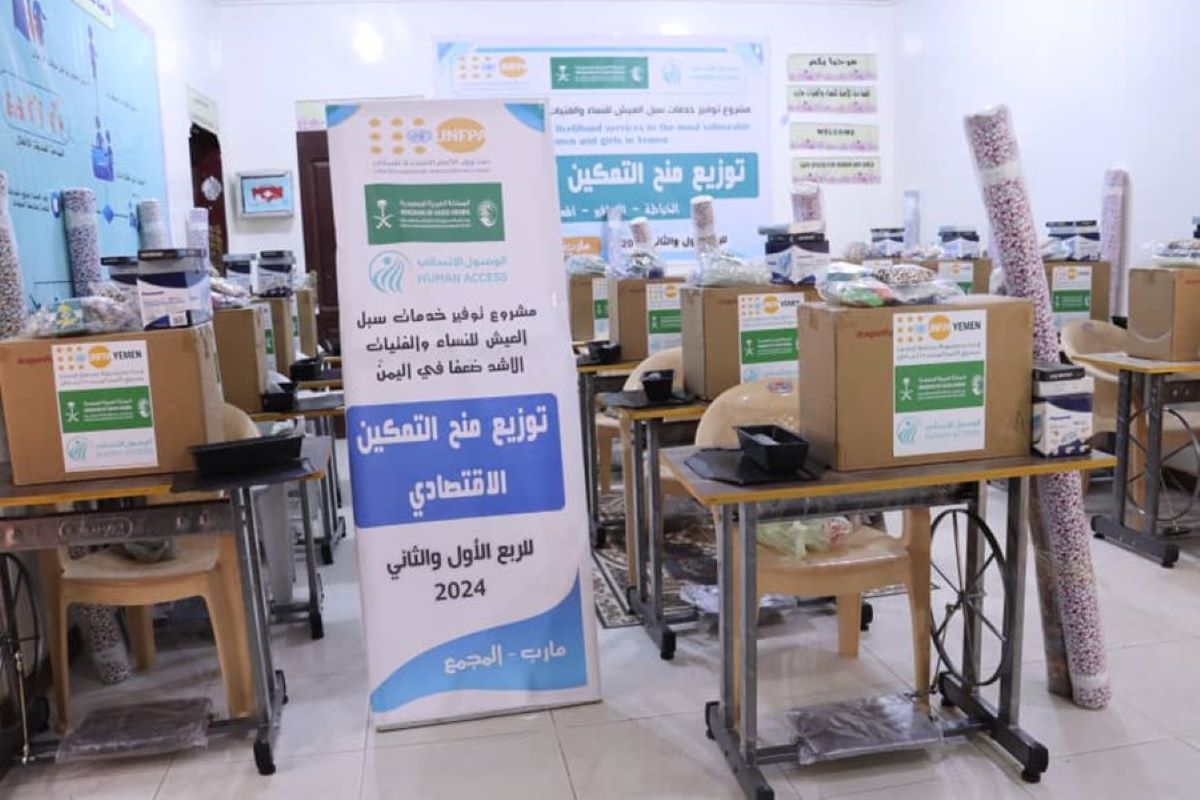



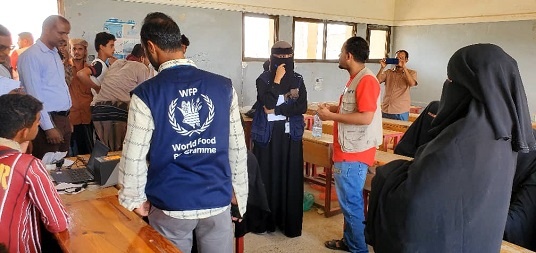
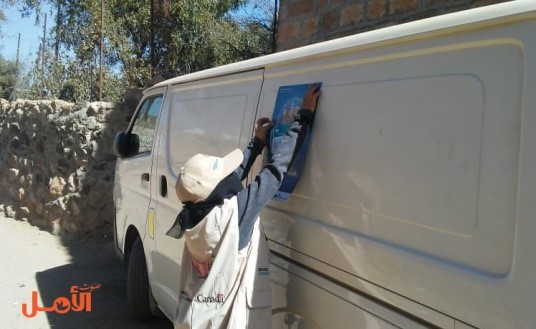
LEAVE A COMMENT